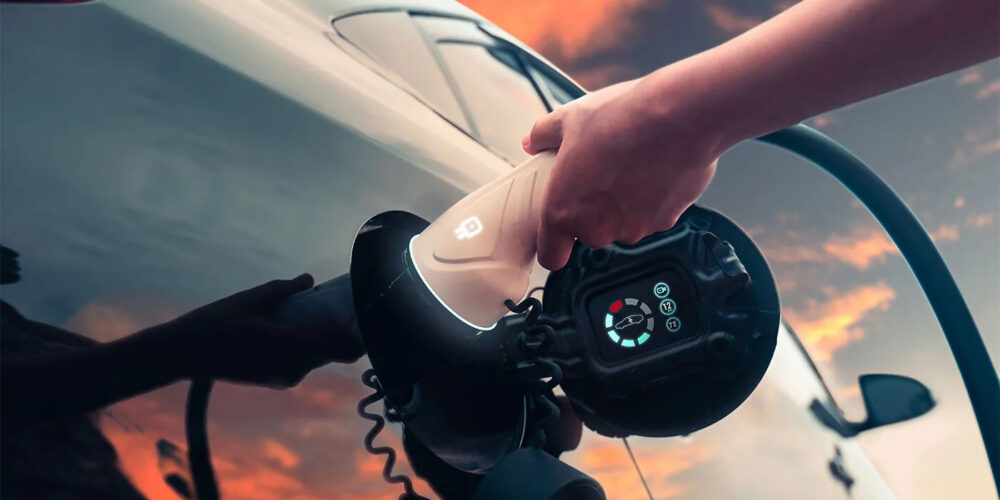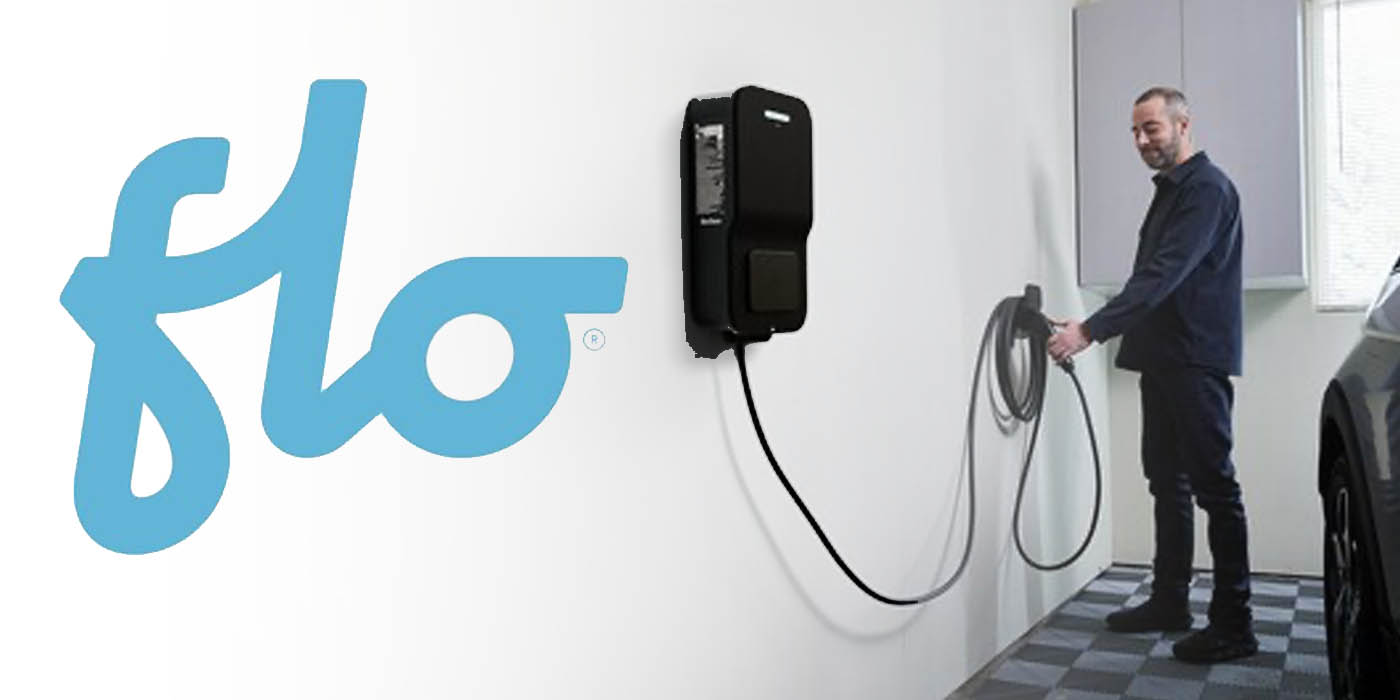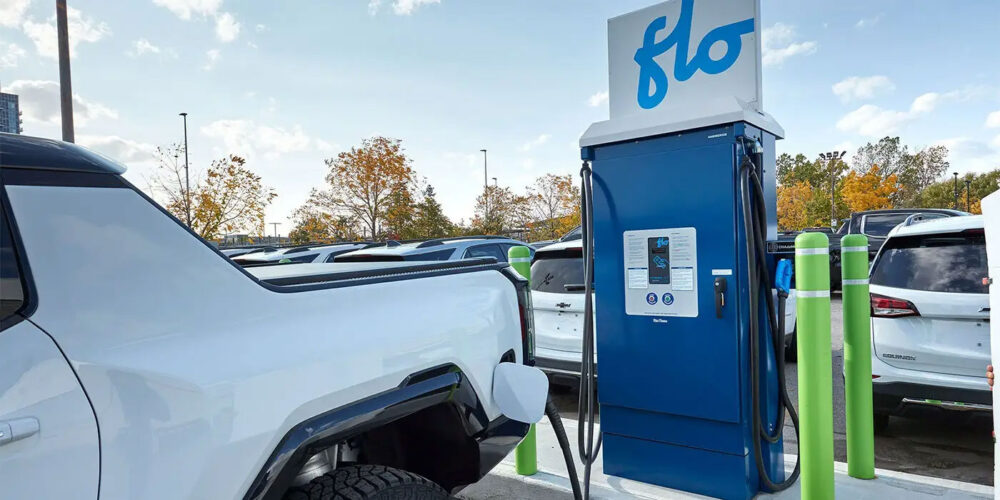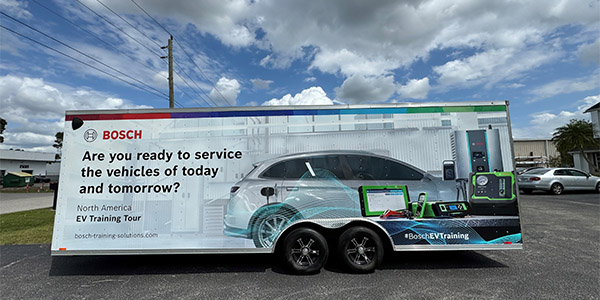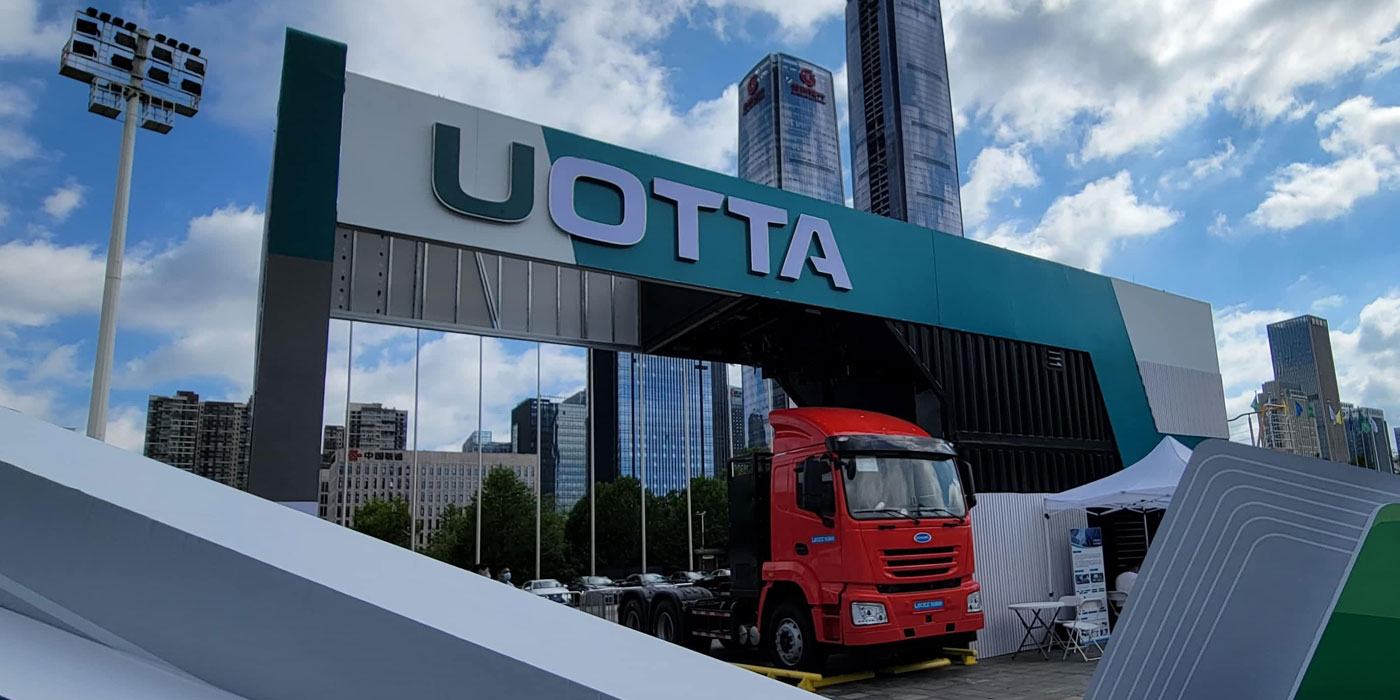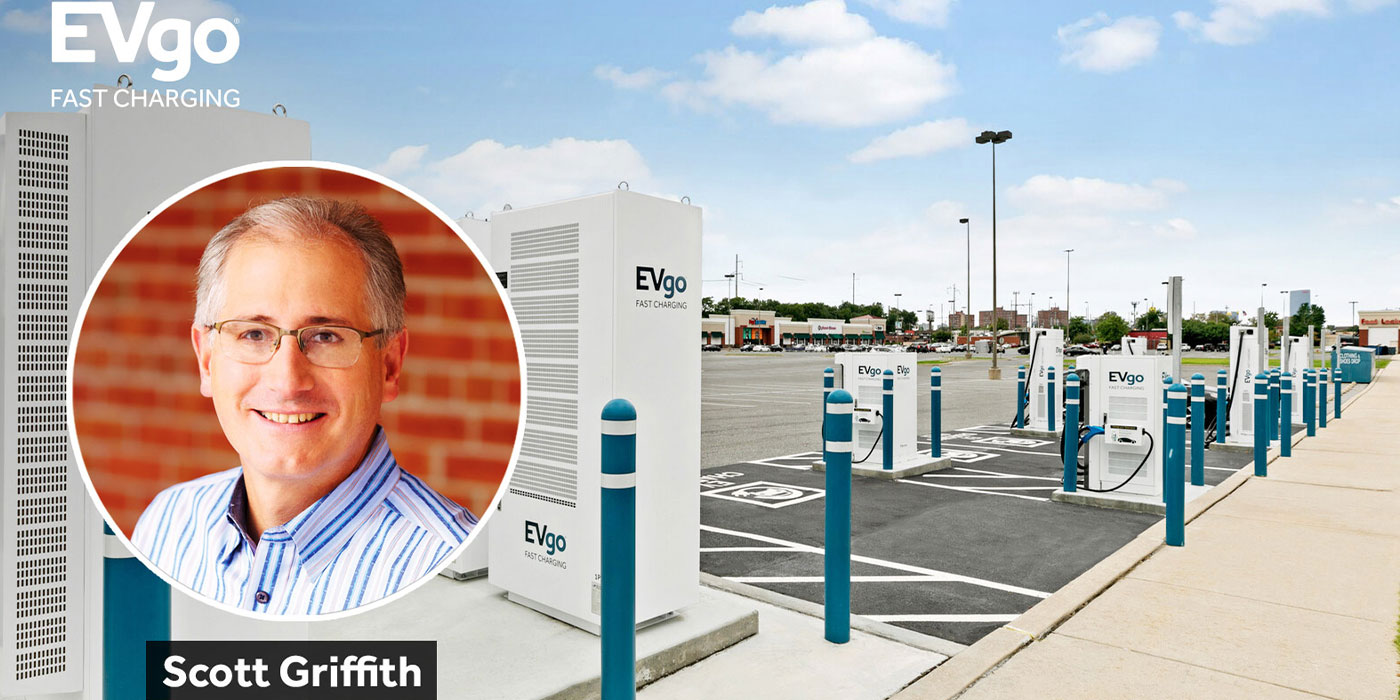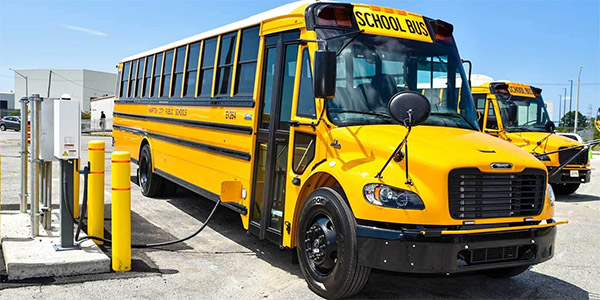Electric vehicles (EVs) are here to stay and there’s a lot to learn. First and foremost, you’ll be bombarded with a long list of acronyms that represent the systems we need to be familiar with and learning it all begins with knowing what they all mean. Here’s a list to get you started.
AC – Alternating Current: The type of electrical current that periodically reverses direction.
ALM – Accessory Load Management: A smart-charging feature designed for an older home that can’t handle all the electrical loads being powered such as range, air conditioner or dryer, in addition to an EV. This utilizes an amperage device installed on the circuit box that monitors the demand and will prevent overloading from occurring when trying to charge an EV.
BEV – Battery Electric Vehicle: A type of electric vehicle that is powered solely by a battery, without any internal combustion engine.
BMS – Battery Management System: A system that manages the charging and discharging of batteries to ensure safe and efficient operation.
CAN – Controller Area Network: A vehicle bus standard designed to allow microcontrollers and devices to communicate with each other.
CCS – Combined Charging System: A type of fast-charging system for electric vehicles that combines AC and DC charging in one connector.
CHAdeMO – A DC fast-charging standard developed in Japan.
DC – Direct Current: The type of electrical current that flows in one direction.
DLB – Dynamic Load Balancing: Where multiple charging stations are located, a way that level 2 and 3 chargers can be set up to dispense the available voltage. The term First Come First Served is used when setting up a string of EVSE that is set to DLB parameters. This means the first vehicle to attach to a charger will receive the highest output that the charger can deliver and that the vehicle will take. The other vehicles that plug into subsequent chargers will share the remaining power output available from the site. As vehicles pull away from the charging lanes, the power outputs will be recalibrated accordingly.
DoD – Depth of Discharge: The percentage of the battery capacity that has been used.
DoE – Department of Energy (United States): A federal department responsible for energy policy and research in the United States.
EMV – Electromagnetic Compatibility: The ability of electronic devices to operate without interfering with each other.
EVSE – Electric Vehicle Supply Equipment: The equipment used to charge electric vehicles.
FCV – Fuel Cell Vehicle: A type of electric vehicle that uses a fuel cell to generate electricity, instead of a battery.
HEV – Hybrid Electric Vehicle: A type of vehicle that combines an internal combustion engine and an electric motor.
IEC – International Electrotechnical Commission: An international organization that develops and publishes standards for electrical technologies.
ISO15118 – SAE protocol which allows vehicles to be bi-directional with chargers. This is needed support for V2x to operate.
J1772 – SAE J1772: A North American standard for electric vehicle charging connectors.
kWh – Kilowatt Hour: A unit of energy equal to one kilowatt of power used for one hour.
kW – Kilowatt: A unit of power equal to 1,000 watts.
kWp – Kilowatt peak: A measure of the maximum output of a solar panel or another energy-generating system under ideal conditions.
LiFePO4 – Lithium Iron Phosphate: A type of lithium-ion battery chemistry that is known for its safety and long cycle life.
Li-ion – Lithium Ion: A type of rechargeable battery that is commonly used in electric vehicles.
L1 – Level 1 Charging: A type of electric vehicle charging that uses a standard household outlet and provides a slow charge.
L2 – Level 2 Charging: A type of electric vehicle charging that uses a higher voltage outlet and provides a faster charge than Level 1.
L3 – Level 3 Charging: A type of fast charging system for electric vehicles that provides an even faster charge than Level 2.
NCA – Nickel Cobalt Aluminum: A type of lithium-ion battery chemistry that is known for its high-energy density.
NMC – Nickel Manganese Cobalt: A type of lithium-ion battery chemistry that is known for its high-power density and long cycle life.
NiMH – Nickel Metal Hydride: A type of rechargeable battery that is commonly used in hybrid electric vehicles.
OCPP – Open Charge Point Protocol: A communication protocol used by electric vehicle charging stations to communicate with central management systems.
OCV – Open Circuit Voltage: The voltage of a battery when it is not connected to a load or a charging source.
PHEV – Plug-in Hybrid Electric Vehicle: A type of hybrid electric vehicle that can be charged from an external power source, and has a larger battery than a traditional hybrid electric vehicle.
PID – Proportional Integral Derivative: A type of control algorithm used in charging systems to regulate the voltage and current.
RFID – Radio Frequency Identification: A technology used in electric vehicle charging systems to identify and authenticate users.
SAE – Society of Automotive Engineers: An international professional organization that develops and publishes standards for the automotive industry.
SAEJ2595 – A protocol allowing for wireless charging up to 11 KW.
SOC – State of Charge: The percentage of the battery capacity that is currently available for use.
SOH – State of Health: A measure of the overall health and performance of a battery.
V2G – Vehicle-to-Grid: A technology that allows electric vehicles to feed energy back into the grid when they are not being used, providing a source of energy storage and backup power.
V2H – Vehicle-to-Home: A technology that allows electric vehicles to be used as a backup power source for homes and buildings.
V2X – Vehicle-to-Everything: A term used to describe the integration of electric vehicles into the broader energy system, including the grid, homes and other buildings.
W – Watt: A unit of power equal to one joule per second.
ZEVA – Zero Emissions Vehicle Association: A trade association that represents companies in the electric vehicle industry.

